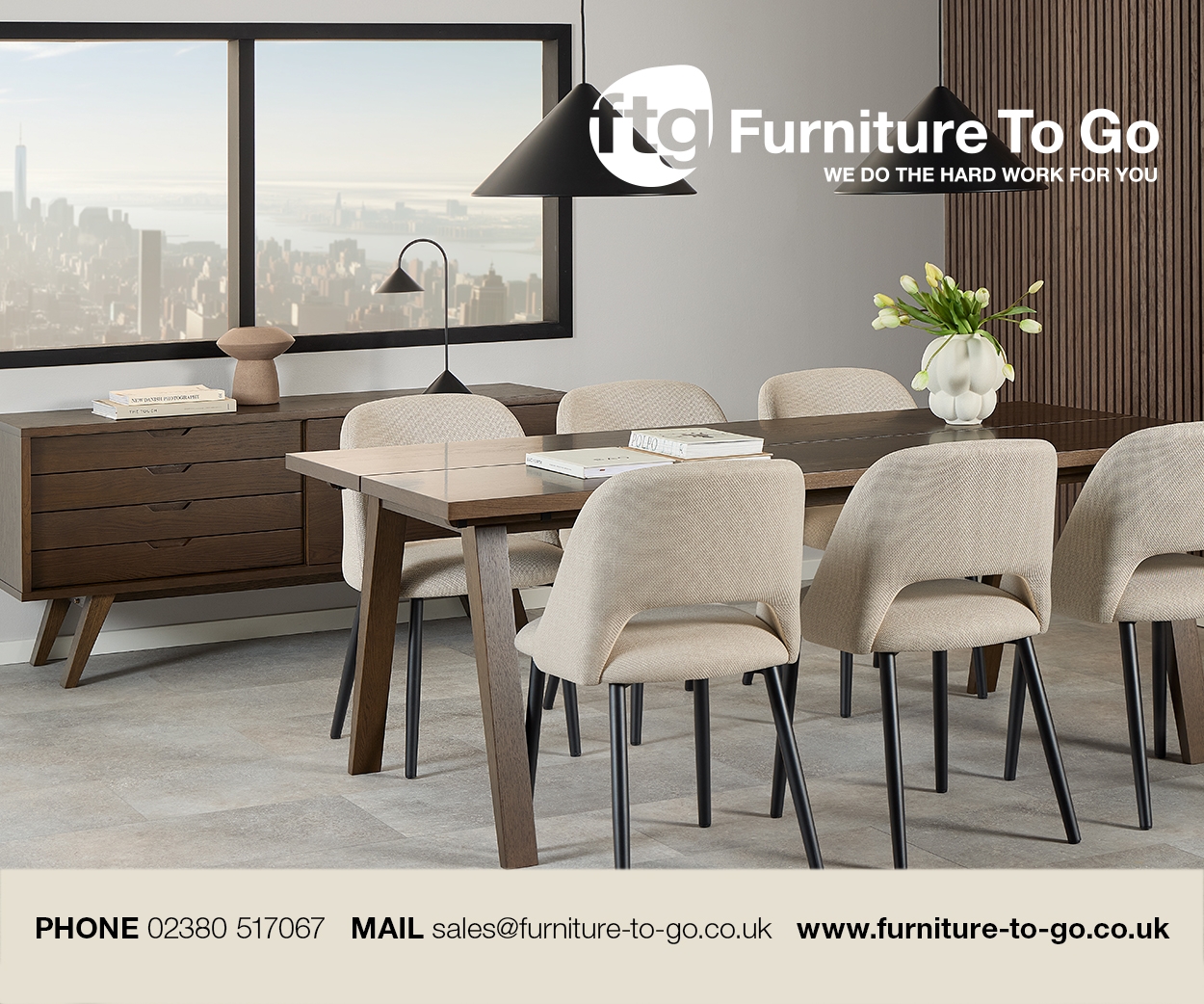Optimised delivery experiences can help furniture brands get ahead of their competitors, writes Alex Buckley, GM of EMEA and APAC operations at last-mile delivery platform, DispatchTrack …
At the end of last year, a number of leading furniture and homeware brands such as IKEA, Piet Hein Eek and Axor announced they had no choice but to raise their prices because of global supply chain issues created by worldwide shortages and price increases of raw materials, as well as a rise in transport costs.
Some experts say by the middle of this year it should ease – others predict it could be 2023 before we see this resolved.
Customers who were already experiencing delays in production now face an increase in costs of goods as well. To keep their customers happy, furniture and homeware retailers are understandably looking at how they can differentiate and improve in other areas instead.
Many customers do not separate their purchase experience from their delivery experience. There is therefore a huge opportunity for furniture retailers and brands to amaze and delight their customers with an exceptional delivery experience.
With recent innovation and advances in technology, it is now possible to deliver intelligent, dynamic routing for ever-changing delivery parameters. As a result, here are the key areas of differentiation for furniture retailers to consider:
1. Think outside the box
Often, when larger items such as furniture are purchased, they are typically scheduled for delivery on a specific day. What is so often overlooked is information regarding accessibility for these bulky items, which can result in a less-than-satisfactory experience for the customer, driver and retailer, if the item has to be returned. Any unexpected issues and delays will have a knock-on impact on all the scheduled deliveries for the rest of the day, too.
Retailers therefore need to think outside the box to deliver better experiences for their customers. This requires a solution that can capture intelligence surrounding more complicated deliveries to put the optimum combination of load, vehicle and team into the route using intelligence and all the factors involved.
2. Relinquish control
Giving customers control to schedule or reschedule their deliveries as well as track where, in real time, the driver is, avoids the frustration of waiting for hours for a delivery and improves the convenience factor and experience for them.
There are dynamic solutions that are able to intelligently re-route deliveries as well as accurately communicate the driver’s whereabouts.
3. Proof of delivery
As many as 10% of shipments are either misdelivered, damaged or lost each year. It is incredibly frustrating for customers to be notified that their item has arrived, yet not have it – or worse, to have the item, only to find out it is damaged. Retailers need a solution that can accurately record proof of delivery, including pictures, video, notes and more, all from a driver’s mobile device, to ensure that the goods delivered are in great condition and are consistent with the consignee’s expectations.
4. Give customers what they want
Customers care about the environment and increasingly demand sustainable solutions. Cutting waste out of the last mile is one of the areas that can have the most impact for retailers in reducing their carbon footprint, and is an opportunity to impress customers. Optimising routes to be as efficient as possible will reduce emissions and have the added benefit of saving time and fuel costs. If customers know their orders are being delivered in the most efficient way, this will certainly go one step further to please them.
In order to overcome supply chain issues, furniture retailers and brands can seize the opportunity to delight customers with exceptional sustainable delivery experiences through employing intelligent, dynamic routing solutions.








